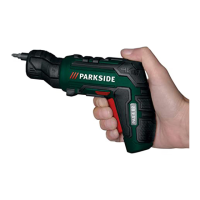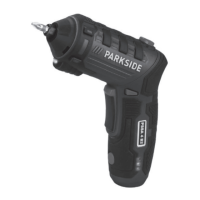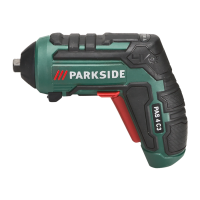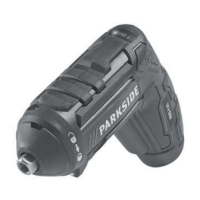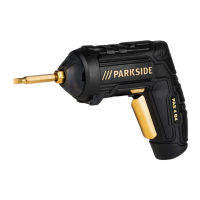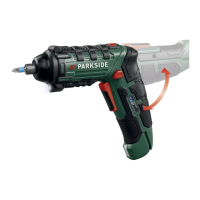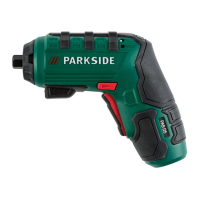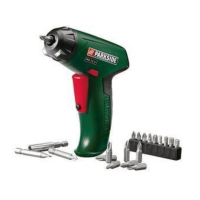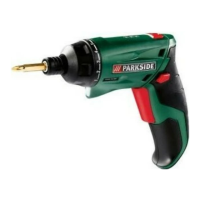33
GB
will increase the risk of elec-
tric shock.
d) Do not abuse the cord. Nev-
er use the cord for carrying,
pulling or unplugging the
power tool. Keep cord away
from heat, oil, sharp edges
or moving parts. Damaged
or entangled cords increase
the risk of electric shock.
e) When operating a power
tool outdoors, use an exten-
sion cord suitable for out-
door use. Use of a cord suit-
able for outdoor use reduces
the risk of electric shock.
f) If operating a power tool in
a damp location is unavoid-
able, use a RCD (Residual
Current Device) protected
supply with a rated leakage
current of not more than 30
mA. Use of an RCD reduces
the risk of electric shock.
3) PERSONAL SAFETY
a) Stay alert, watch what you
are doing and use common
sense when operating a
power tool. Do not use a
power tool while you are
tired or under the inuence
of drugs, alcohol or medi-
cation. A moment of inatten-
tools may result in serious
b) Use personal protective
equipment. Always wear
eye protection. Protective
mask, non-skid safety shoes,
-
-
sonal injuries.
c) Prevent unintentional starting.
Ensure the switch is in the
off-position before connect-
ing to power source and/or
battery pack, picking up or
carrying the tool. Carrying
on the switch or energising
switch on invites accidents.
d) Remove any adjusting key
or wrench before turning the
power tool on. A wrench or
a key left attached to a ro-
